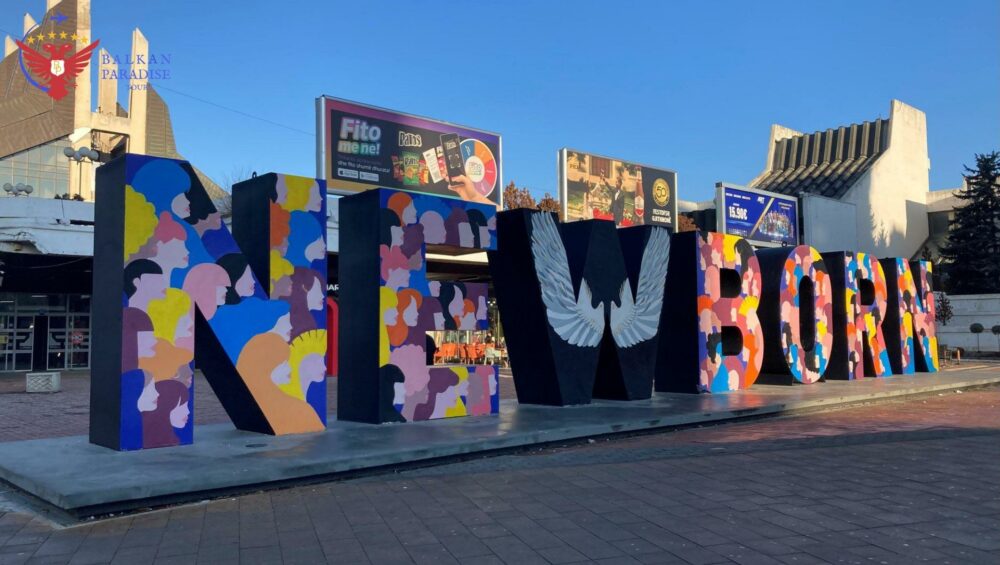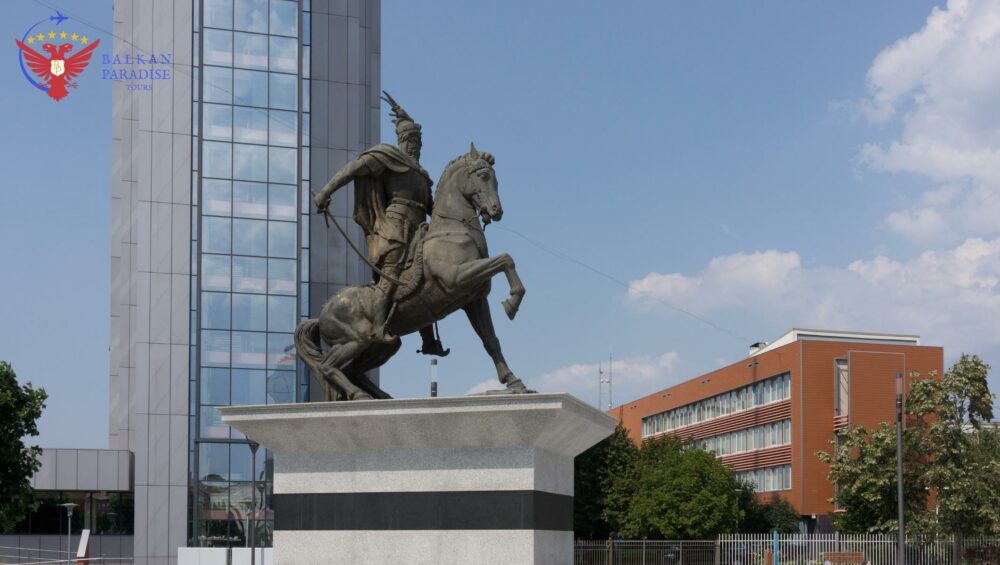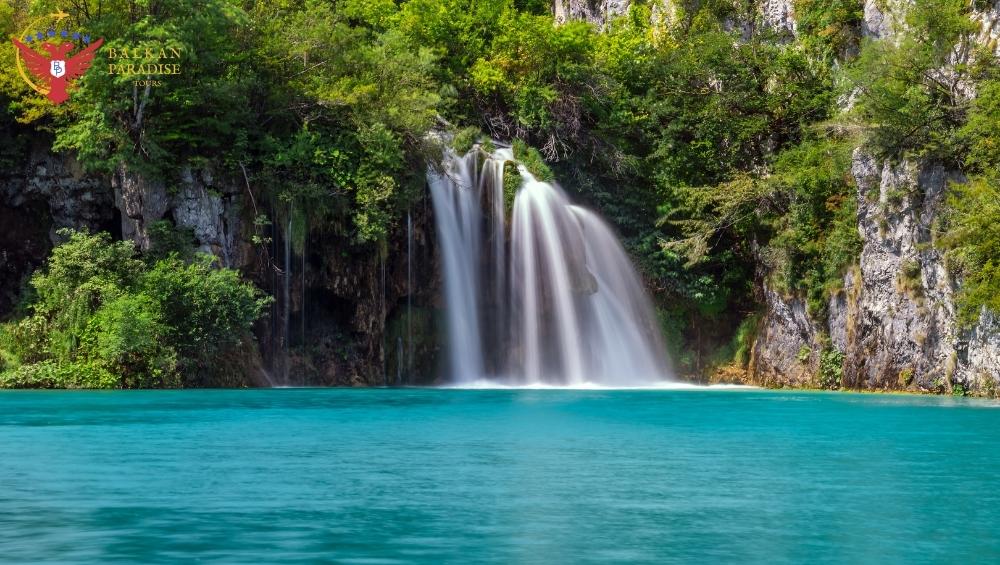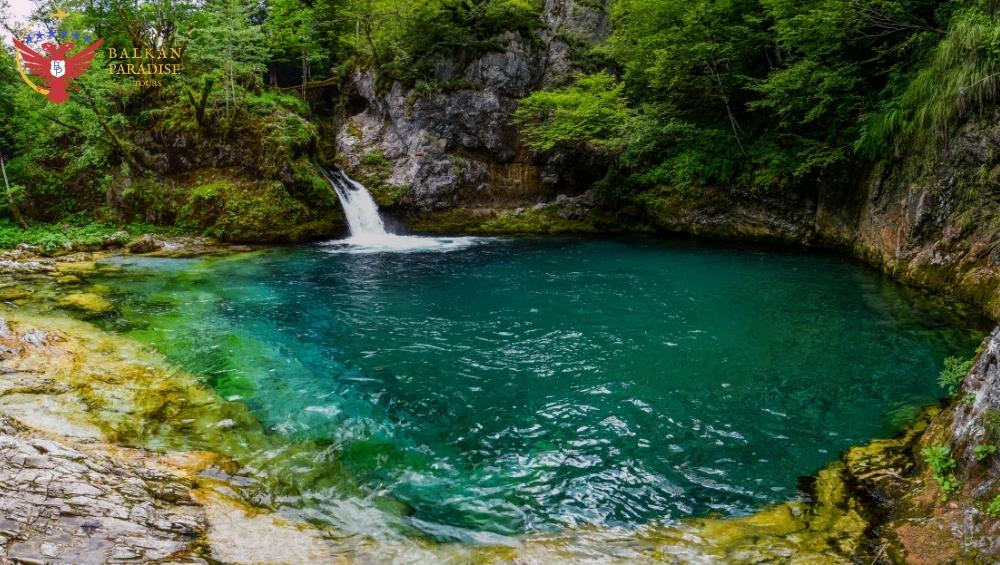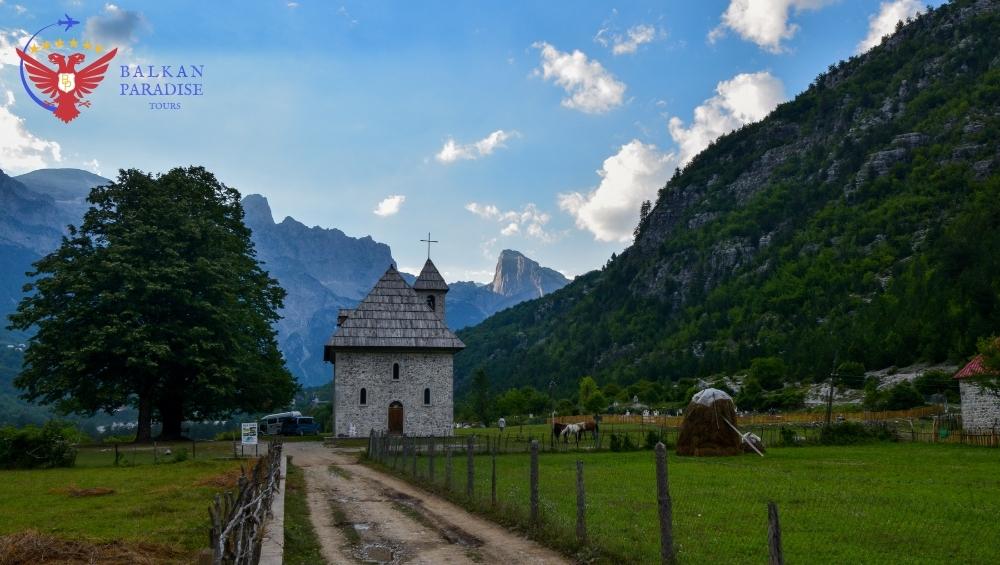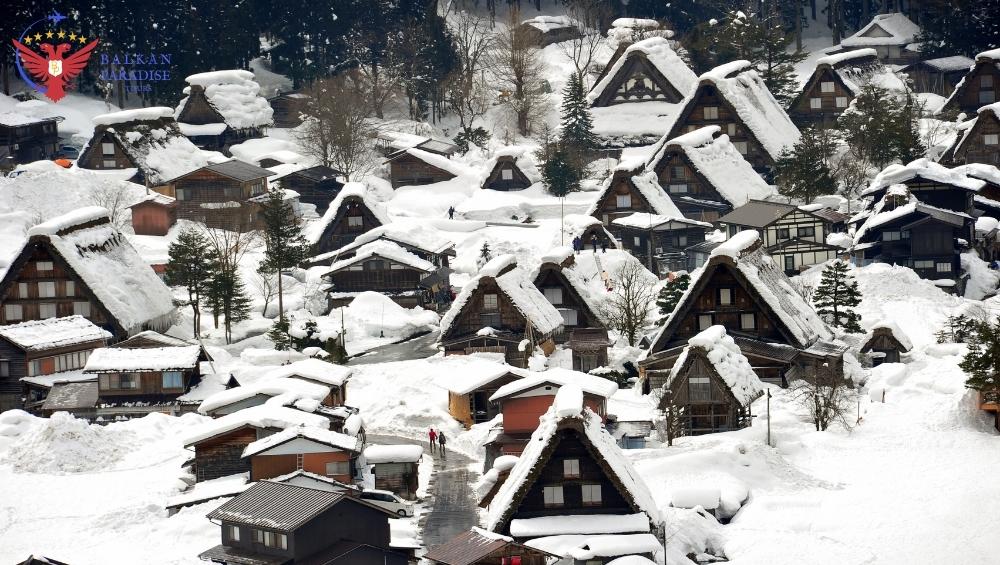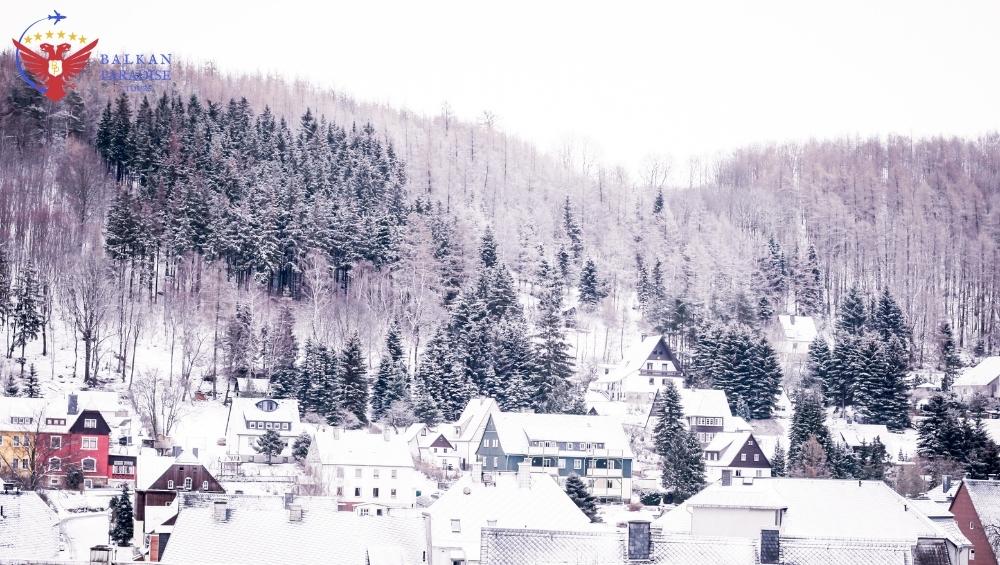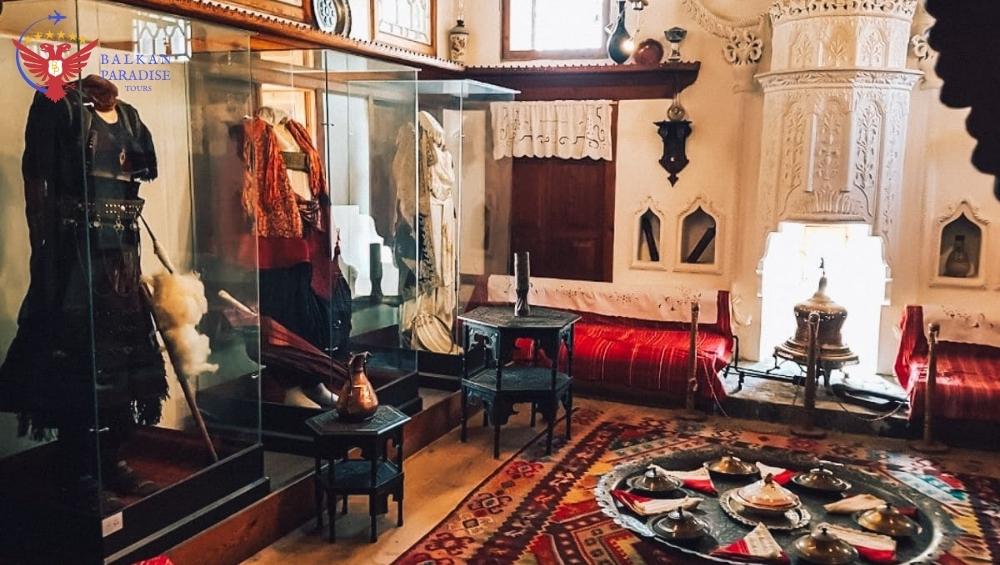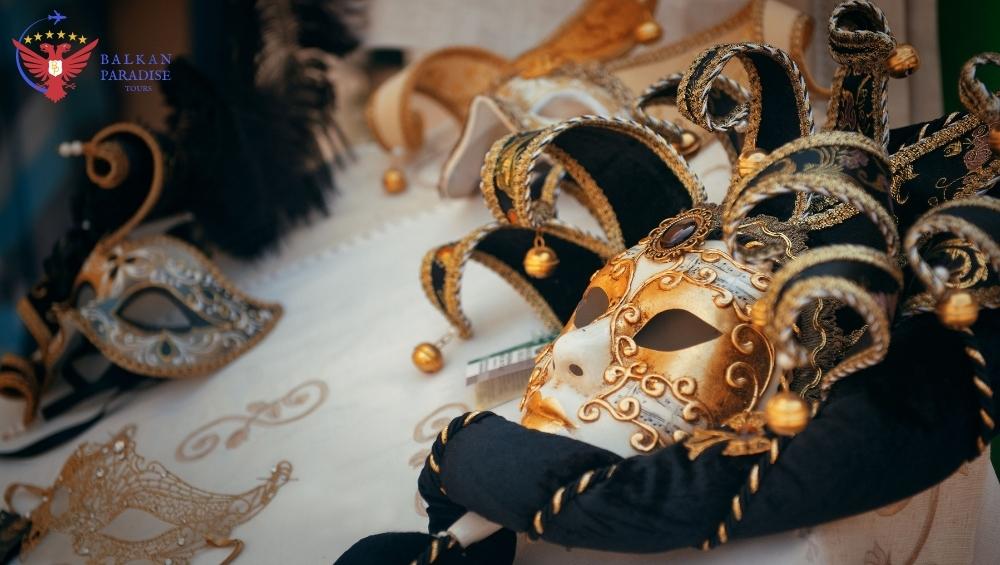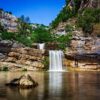The National University Library of Kosovo
The most impressive and important cultural institutions in the country, located in the capital city of Pristina.
The library was established in 1944, and today it serves as the main academic library for the University of Pristina, as well as a research center for scholars and academics from around the world.
The library’s collection includes over two million books, journals, and other materials, making it one of the largest libraries in the Balkans. The collection is particularly strong in the areas of Albanian studies, Kosovo history, and Islamic studies.
In addition to its impressive collection, the National University Library of Kosovo is also known for its stunning architecture. The building was designed by Croatian architect Andrija Mutnjaković and features a striking modernist design that stands out in the heart of the city. The library’s façade is made up of hexagonal shapes, and the interior is filled with natural light and spacious reading rooms.


